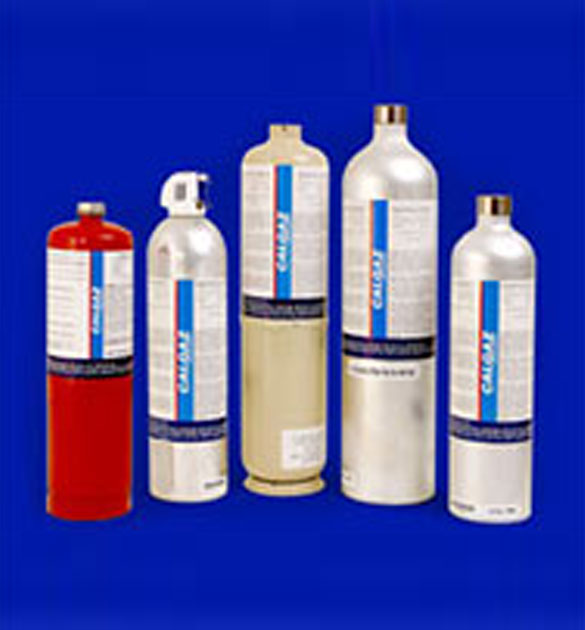
Calibration Gas & Regulators

Overview
Our range of smaller-sized, lightweight calibration cylinders are easy to handle, cheap to ship and use very little space. They also eliminate over-purchasing when only small quantities of calibration gas are necessary. They combine a convenient, portable size with a wide range of capacities to handle any field calibration requirement.
ECO can supply the full spectrum of specialty gases, including pure and ultra-pure grades, as well as gas and liquid mixtures. Every precaution is taken to make sure you get only top quality products, from meticulous cylinder preparation and efficient filling processes through to the certified quality control system.
Whatever your requirements in specialty pure gases and gas mixtures, you can rely that mixtures supplied by ECO:
- are prepared safely;
- will not react with one another;
- will remain homogenous and stable in the cylinder; and
- are within the prescribed limits of preparation and analytical accuracy.
Gas mixtures can be prepared in an endless number of combinations of components and concentrations. Please refer to the PDF file below for a list of the most commonly used gas mixtures.
Features & Benefits
- Various sizes available: 17 Litre, 34 Litre, 58 Litre, 103 Litre.
- On demand regulators available.
- Carry cases available for field calibrations.
Downloads
Calibration Regulators
Selecting the right regulator for handling a specialty gas product is critical to maintaining the overall purity of the gas stream at the point of use. Ordinary industrial regulators are constructed of materials that may not be compatible with many specialty gases.
It is important that all materials of construction in a specialty gas regulator (the “wetted surface” ) are compatible with the gas stream it is in contact with during use. Most regulators are made from stainless steel or brass but some are made from aluminium. Aluminium should not be used for oxygen or most corrosive gases. For higher purity gases, stainless steel is generally recommended. For inert gases, brass is often used.

